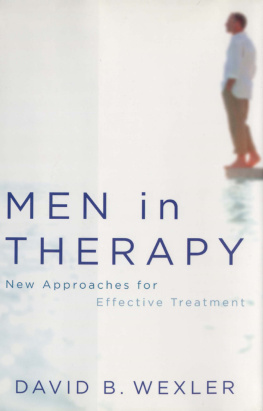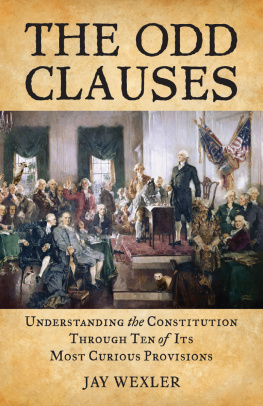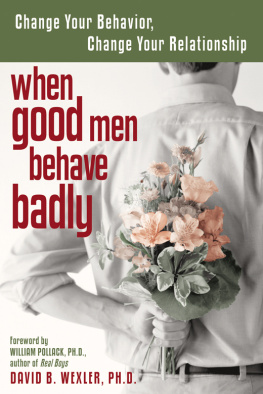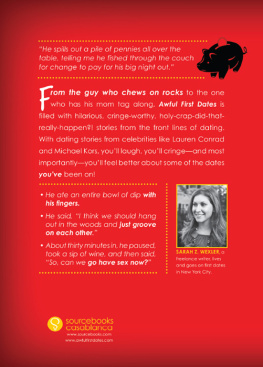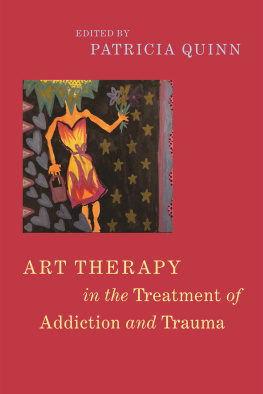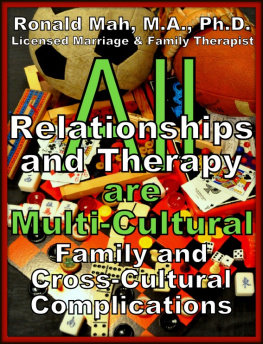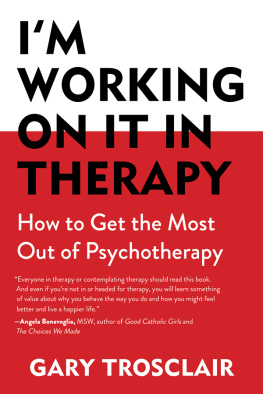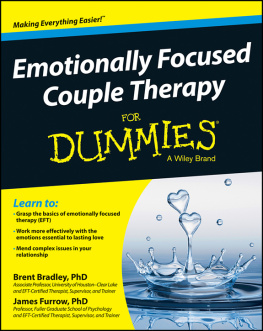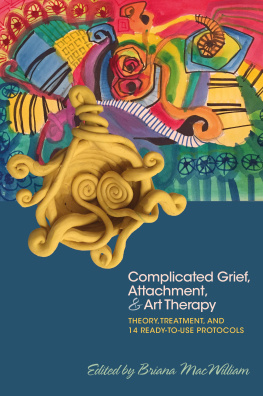
This e-book contains some places that ask the reader to fill in questions or comments. Please keep pen and paper handy as you read this e-book so that you can complete the exercises within.
To all the therapists in the world, present and future, doing sacred work
Contents
Many thanks to my editor at Norton, Deborah Malmud, who first approached me with this idea about a book to help advance the cause of helping men become better men. She and Kristen Holt-Browning, as well as Andrea Costella and Kevin Olsen, helped shape this work. It has been a pleasure to work with this team again!
I would also like to thank my many mentors along this path of believing in men and helping them. Some of these mentors I know personally, others I know only through their work. Some of them are no longer with us, but their voices and vision are everywhere in this book: Don Dutton, Matt Englar-Carson, John Gottman, Amy Holtzworth-Munroe, Jackson Katz, Ron Levant, Don Meichenbaum, Bill OHanlon, Bill Pollack, Terry Real, John Sanford, Sandy Shapiro, David Shephard, Steven Sosny, and Holly Sweet. All good ideas stand on the shoulders of ideas of others. It takes a village.
And, always, my deepest appreciation to the most important people in my life: my daughter Juliana, my son Joe, and my wife Connie.
T herapy has always seemed to me like a very feminine activity. The qualities that usually come easier to and are usually better developed in women than in men come in very handy in managing the complexity of intimate relationships. Helping men develop these qualities in themselves is a noble path.
But in the postfeminist turmoil of relationship landscapes, men have been struggling to find a way to relate intelligently, parent sensitively, and manage their emotional needs with more consciousness and depth. Its just that many men havent exactly figured out a way to do all these things and still really feel like a man, or at least feel like they are integrating these higher-level qualities in a way that suits men.
Men often enter the world of counseling or therapy because someone else has insisted that they do so. Typically, when I ask men who come in for an initial therapy session my standard question, What are you doing here? the answer I hear most often is, My wife told me I needed to be here. Other times it may their boss or their grandmother or even a probation officer.
Think of what we typically ask men to do in, lets say, couples counseling. We ask them to recognize that something is wrong, admit that they need help, openly discuss and express emotions, get vulnerable, and depend on someone else to help them. Unfortunately, these tasks dont typically fit with the Guy Code.
Part of what makes it even more challenging to treat men is that male psychic pain is not always broadcast as articulately as is that of women. Author William Pollack describes mens anger as their way of weeping. And men also weep by drinking, withdrawing, getting irritable, developing somatic complaints, acting competitive, and philandering.
It has taken a while for the values and methods of all forms of psychotherapy (individual, couples, group, cognitive-behavioral, psychodynamic, etc.) to become more user-friendly for men. Still, plenty of models are alienating for men or insist on training men in ways that feel more threatening than welcoming.
Thats what inspired me to write this book: to pass on a deeply compassionate understanding of men and strategies for reaching men that are most likely to succeed. Contemporary theory and research tell us that men can benefit from therapy and counseling approaches that are profoundly respectful of male vulnerabilities and capitalize specifically on male strengths.
In our field, we are left with two choices: We can try to shove men into a process that has traditionally been more user-friendly for females. Or we can do everything within our power to reshape what we do and how we present it to increase the likelihood of reaching our male audience.
I vote for the second option, and thats what this book is all about. Heres hoping that all of you who already work well with men will work with them even betterand that you will keep in mind that our message to men is that we are trying to help them become better men, not to be more like women. Not that theres anything wrong with that.
MEN IN THERAPY
T his book is about how to do therapy with men better than we have done it before.
But before we design interventions and strategies for helping to bring out the best qualities in men, we have to put 21st-century men in perspective. Understanding 21st-century men, of course, also means getting a historical perspective on what it has been like to be male in the 20th century and for many centuries prior. This perspective must be in the backgroundand often the foregroundof anything we say or anything we do in a therapeutic context.
Masculine Gender Role Stress
Masculine gender role stress (MGRS) is completely dependent on the ways in which men assign meaning to specific situations in their lives, particularly the meaning of a situation as it relates to their identity or competence as a man (Eisler & Skidmore, 1987; Saurer & Eisler, 1990). The MGRS experience is directly related to a mans attachment to traditional masculine gender roles. If a man judges himself as failing at the task of being a man, based on the definition of manhood that he has integrated throughout his socialization process as a male, then he will experience MGRS.
MGRS research indicates that men will experience stress when they judge themselves unable to cope with the demands of being truly male or when a situation is viewed as requiring unmanly or feminine behavior. Several years ago, I was on a family trip in Paris. My wife and I were sitting on a bench at a plaza in central Paris. She wanted to relocate to a spot across the plaza; since she was carrying a few shopping bags, she asked me to grab her purse and carry it over to our new spot. I couldnt do it. I knew I was being stupid, but I couldnt do it. The 15 seconds that would expose me to possible humiliation for carrying a purse were beyond my capacities as a card-carrying male. My wife looked at me like I was nuts and shook her head disgustedly. I consider myself to be quite comfortable with my masculinity and certainly quite experienced with challenging antiquated notions of masculinity. And I couldnt do it.
My son is, at the time of this writing, 17 years old. One of the true joys in my life used to be watching the delight he experienced with his male friends. He loved them. He lit up when he saw them and even when he was telling stories about them. He would come home and relate a goofy story or joke from one of his pals and he would get a dreamy look in his eyes, as if this friend was just the coolest guy in the whole world. I watched and listened with envy, knowing how hard it is for boys and men to express so much delight with anyone except a lover. Until he hit pubertyand suddenly his responses to his friends were muted, characterized by consciously lowering his voice and grunting noncommittally. To express more would be a violation of the code. It would be too vulnerable. It would be girlish or even (the worst male code violation of all!) gay.
And heres a recent story from Esquire magazine (Jacobs, 2008) parodying the pain of living with traditional MGRS:
My Masculinity, 39, Dies
My masculinity, the gender to which I have belonged since birth, died Tuesday in my living room in New York. It was thirty-nine. The cause was the ninety-three minutes I spent wearing my wifes polka-dotted breast-feeding pillow strapped around my waist in an attempt to feed a bottle of soy-based formula to my infant son.
Next page
